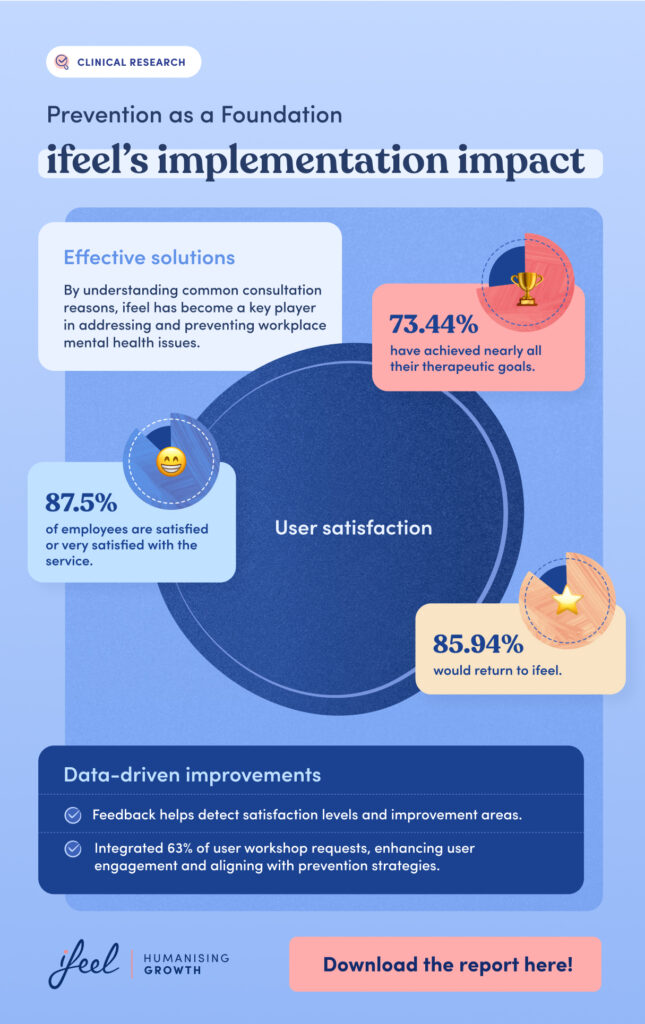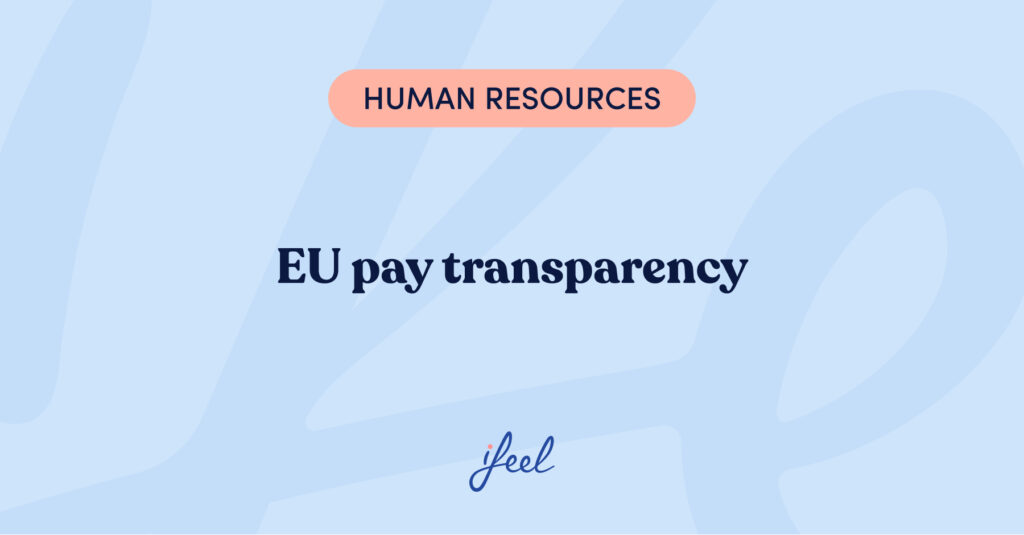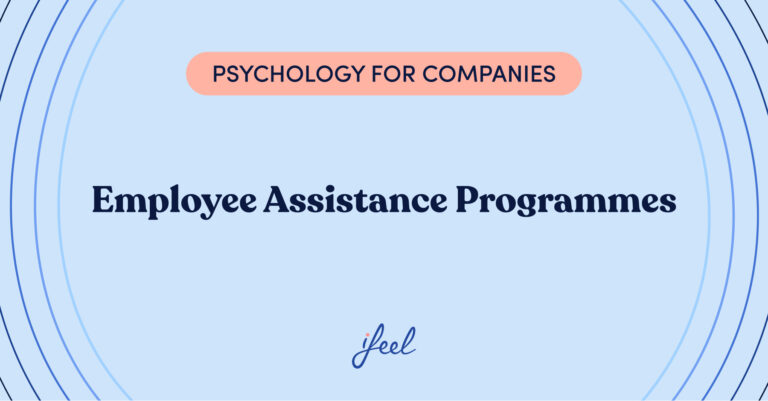Pay transparency, which until a few years ago was an unexplored concept, has become a legal and ethical imperative in today’s EU, redefining labour relations and challenging the traditional salary structures that have perpetuated inequality for decades in large companies.
That is why EU pay transparency is one of the most important issues in today’s workplace, marking one of the main trends in human resources for 2025. But what is this issue about and how does it affect the workplace? We’ll tell you all about it below.
What is EU pay transparency?
The EU has taken a significant step in the fight against pay discrimination with the approval of Directive (EU) 2023/970, which aims to eliminate the gender pay gap and promote equality in the workplace.
Pay transparency refers to the practice of making pay structures within an organisation public and accessible. This approach seeks to eliminate unjustified pay disparities, especially those based on gender, and to promote a culture of fairness and justice in the workplace.
This new regulation, which came into force on 6 June 2023, establishes a series of measures that enterprises must implement to guarantee pay transparency and support workers in their right to equal pay.
This proposal seeks to establish pay transparency measures, such as information on pay levels in job advertisements and a ban on asking candidates about their pay history. The directive also aims to improve workers’ access to information on pay and strengthen enforcement mechanisms.
This Directive also sets out the need to provide compensation to victims of pay discrimination, and the sanctions or fines that employers who break the rules will face.
Thus, in order to achieve EU pay transparency, Member States have until 7 June 2026 to transpose this Directive into their national legislation, which means that organisations must start preparing for these important changes.

Main points of the EU Pay Transparency Directive
Publication of pay information
Enterprises with more than 100 employees will be obliged to publish information on the gender pay gap. The frequency of this publication will vary according to the size of the enterprise:
- Enterprises with 250 or more employees will have to report on an annual basis
- Smaller enterprises will have to provide this information every 3 years.
This measure seeks to foster greater awareness of pay disparities and promote corrective action.
Transparency in job offers
From 2026, enterprises will have to provide information on salary or salary range in job advertisements or during the selection process. In addition, it will be prohibited to ask candidates about their salary history, a practice that often perpetuates inequalities.
Right to salary information
To comply with EU pay transparency, employees will also have the right to request information on the average pay levels of categories of employees doing the same job or a job of equal value, and the criteria used to determine that pay.
This measure will enable employees to compare their pay with that of their colleagues and detect possible discrimination.
Ban on pay secrecy
Contractual clauses that prevent employees from disclosing their salary or seeking information about the different professional categories in the enterprise will be eliminated, thus fostering a culture of openness and transparency.
Salary audits and action plans
If a gender pay gap of 5% or more is detected, enterprises must carry out a salary audit in collaboration with workers’ representatives and draw up an action plan to correct the inequalities.
Extension of the scope of application
The new regulations on pay transparency in the EU have, for the first time, incorporated intersectional discrimination, which refers to the combination of various forms of inequality or disadvantage, such as gender, ethnicity or sexuality. In addition, the Directive has included measures to ensure that the needs of employees with disabilities are considered.
Benefits of EU pay transparency in enterprises
Although adapting to these new regulations on pay transparency in the EU may seem challenging, pay transparency offers numerous benefits for both employees and enterprises:
# Benefits of pay transparency
1. Greater trust and commitment on the part of employees.
2. Improved corporate reputation and attraction of talent.
3. Reduction in staff turnover and associated costs.
4. Promotion of a culture of equity and justice in the workplace.
‘I believe that, above all, any person has immense potential when they are in an environment that provides them with the necessary conditions and support to develop it. Over time, I have learned that people give back to the enterprise to the same extent that they are trusted, whether in terms of autonomy, training, development opportunities or support, both professional and personal.’
Vasco Armés, Human Resources Director at PERI Iberia, an ifeel partner company.
Impact of EU pay transparency on human resources management
The implementation of these pay transparency measures in the EU will pose a significant challenge for human resources departments, which will have to adapt their practices and policies to comply with the new regulations on pay transparency in the EU. That is why we at ifeel have created an essential guide for managers to develop a crisis management plan. Learn how to handle critical situations effectively. Download it for free now!
This new context represents an opportunity to ensure equality at work and fairness in the workplace. However, to learn how to retain talent in this new business landscape, organisations will need to:
- Review and update their salary structures to ensure that they are based on objective and non-discriminatory criteria. At ifeel, we have designed this manual for HR managers, so that they can learn how to identify cognitive biases and improve processes in the enterprise. Download it for free!
- Implement transparent and equitable performance evaluation systems.
- Train up managers and HR managers in equal pay and non-discrimination. Download our Guide to integrating the DEIB Strategy into your Corporate Culture and provide your enterprise with key tools to foster an inclusive and strengthened business culture with just one click.
- Develop strategies for internal communication to explain salary policies in a clear and transparent way.
Similarly, to support workers in this process of change, enterprises should:
- Provide training on their rights regarding equal pay.
- Establish channels of communication open to resolving doubts and concerns.
- Implement mentoring and professional development programmes that promote equal opportunities.
The Leadership Lens🔎
EU pay transparency is redefining the employment landscape in the region. Leaders are crucial to the effective implementation of these policies, ensuring fair and equitable pay practices.
To navigate this challenge, it is essential that leaders foster a culture of honesty and openness around compensation. Furthermore, by adopting tools and processes that facilitate transparency, leaders not only comply with regulations, but also strengthen trust and commitment within their teams. Take advantage of this to boost satisfaction and productivity in your organisation.
Mental health at work, one of the biggest challenges facing enterprises today
At ifeel, we know that the EU Pay Transparency Directive represents a significant step forward in the fight for gender equality in the workplace. Enterprises that proactively adapt to these changes will not only comply with the legislation, but will also position themselves as attractive and responsible employers.
To help in this process, our clinical team provides leading companies in their sector with a dynamic, scalable and fully personalised solution, powered by AI. We have a strategy and approach based on key data to help organisations with a global presence address one of the biggest business challenges of our time: mental health at work.
This solution offers employees a mental health care service structured at different levels depending on their needs at any given time. Discover our Resources section where you will find different materials, such as webinars, podcasts, guides for human resources on current topics and interviews with leaders of large organisations.

Data-driven methodology
Our mental health solution for enterprises employs evidence-based practices and innovative methods, backed by the latest research and a network of over 600 mental health professionals. Would you like to know more about our Clinical Research Department? Don’t forget to visit this section to stay informed about the latest studies and research in mental health in corporate environments.
We hope you found this article on EU pay transparency interesting.
If you would like more information about the ROI of our personalised mental health solution for enterprises, simply request it here and our team will make a calculation adapted to the specific characteristics of your enterprise.









